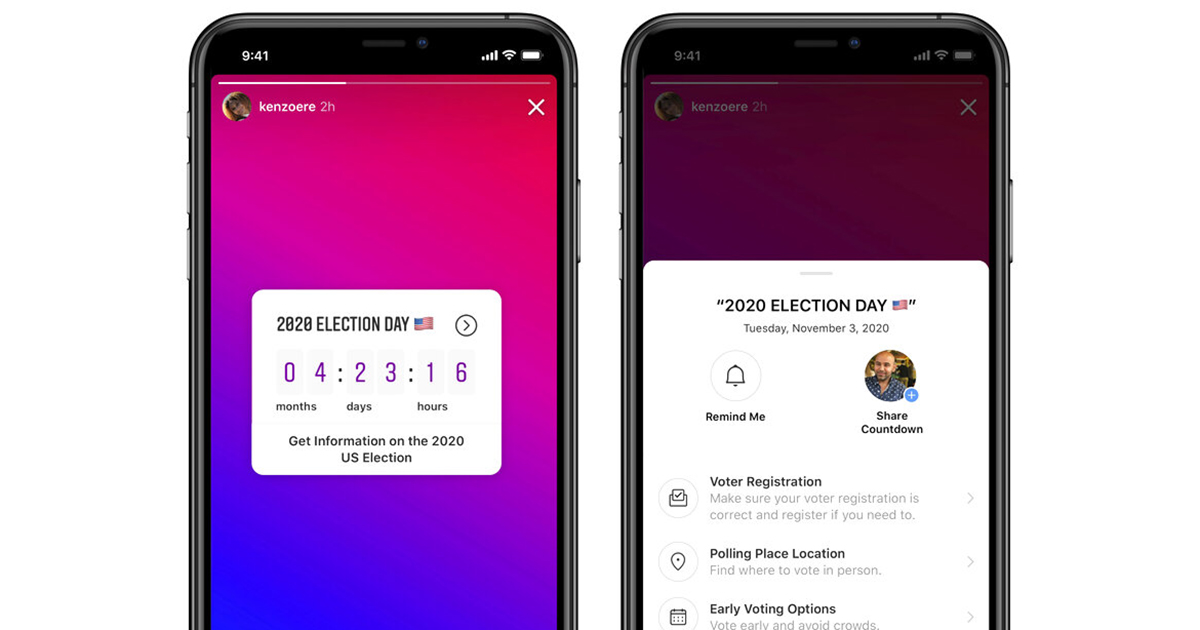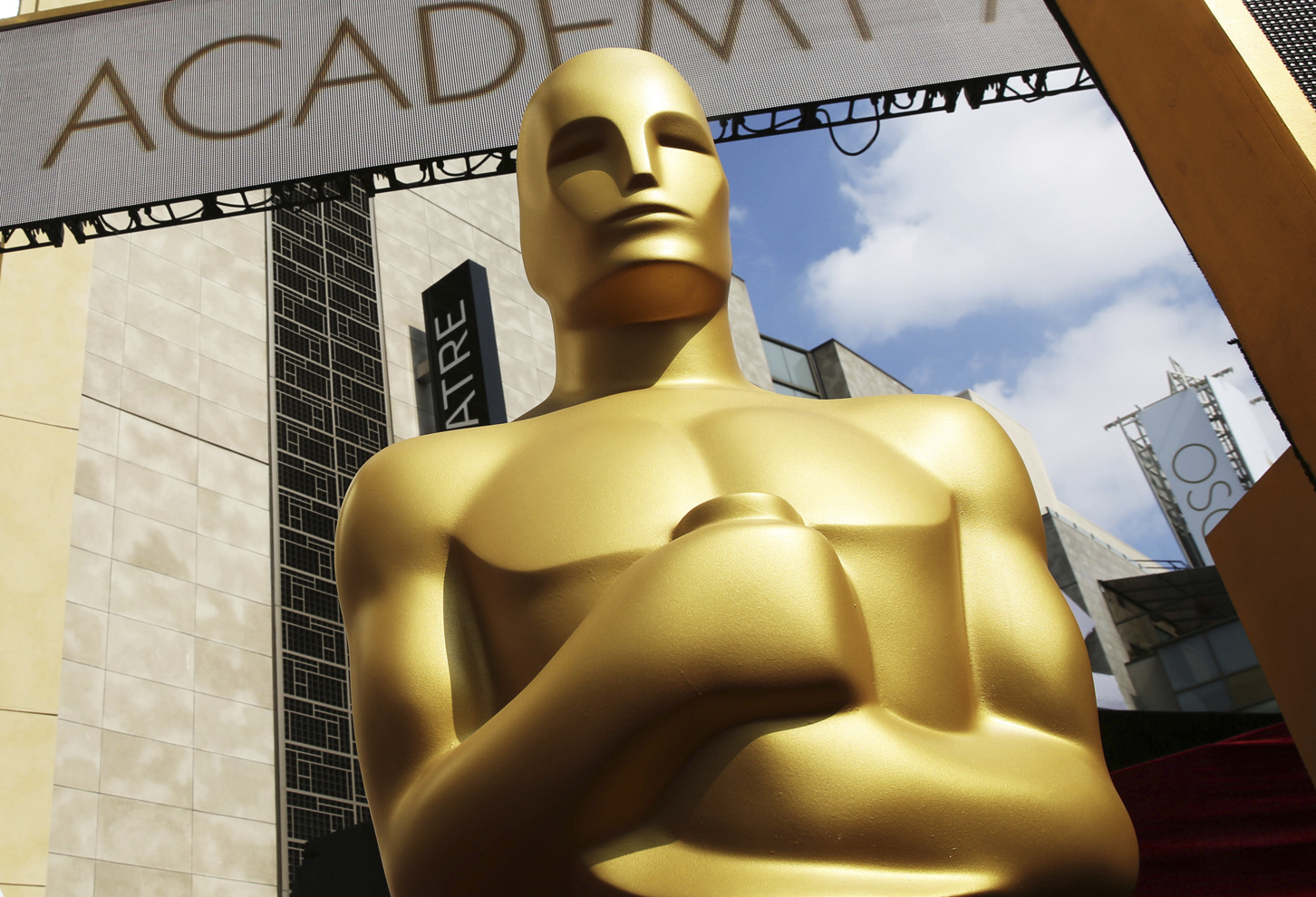WASHINGTON (AP) — Nerves are being frayed by a global economy that increasingly looks breakable.
Growth is stalling. Factory output is down. Oil demand is off. U.S. tariffs on China have slowed trade. Investors have crowded into government bonds and sent interest rates sliding in a way that has often preceded a recession.
So is a recession near?
Hard to tell.
What’s clear is that many of the world’s most powerful countries have skidded into a moment of uncertainty that has left consumers, businesses, markets and much of the political world feeling gloomier. President Donald Trump has asserted that the U.S. economy is strong. Yet on Monday, Trump called for the Federal Reserve to slash interest rates with the kind of aggressiveness the Fed normally uses to combat a recession.
Things have grown muddled.
___
BOTTOM LINE: SO IS THE U.S. ECONOMY HEADED FOR A RECESSION?
Lots of economists think so.
A new survey shows that a clear majority of economists expect a downturn to hit by 2021 at the latest, according to a report Monday from the National Association of Business Economics. Some of that pessimism is a natural byproduct of the duration of the U.S. expansion: The economy has been growing for more than a decade — the longest expansion on record — and a recession at some point is inevitable.
Of course, the old joke is that economists have predicted nine of the past two recessions. Adding to the challenge is that recessions often go unrecognized until they are well underway.
The Great Recession, for example, began in December 2007. Yet not until 11 months later, by which time it was obvious, did the official arbiter, the National Bureau of Economic Research, declare a recession. At that point, layoffs were spiking, home foreclosures were mounting and a financial panic had set the economy hurtling toward a devastating meltdown.
OK, BUT HOW REALISTIC ARE THOSE RECESSION FEARS?
Parts of the economy remain sturdy. Retail sales surged last month, for example, and the bulk of U.S. economic activity depends on consumer spending. Also, the unemployment rate is near a 50-year low at 3.7%.
Administration officials cite these kinds of figures to argue, as Trump counselor Kellyanne Conway did Monday on Fox News Channel, that the economy’s fundamentals are “very strong.”
What’s more, Fed Chairman Jerome Powell has committed himself to prolonging the expansion. After cutting their benchmark interest rate in July for the first time in a decade, Fed officials might do so several more times if the data worsens.
Yet at the same time, as the Fed reported, factory output has dropped for the past 12 months. Home sales have tumbled. Trump’s tariffs against China have hindered business investment. And while Trump has asserted that additional Fed rate cuts would turbocharge the economy, the central bank’s July cut actually caused a drop in consumer confidence, according to a University of Michigan survey.
The fears built last week when an economic barometer called the yield curve briefly “inverted.” This occurs when the interest rate on a 10-year U.S. Treasury note falls below the rate on a two-year Treasury note. In theory, a short-term Treasury should carry the lower rate. When it doesn’t, it’s regarded as a possible recession warning.
As analysts at the bank UBS said, a recession on average has started 21 months after this kind of inversion. But rates are already so low that it’s possible that the inversion signals only that growth will remain persistently weak, not that the economy will succumb to a recession.
IS EUROPE DRIVING THE JITTERS?
Very possibly. The world is more interconnected than ever. Germany’s economy shrank last quarter, and analysts expect it to decline again, which could put Germany in a technical recession. Recessions are usually linked to two straight quarters of economic shrinkage.
Germany’s downturn resulted from a decline in industrial production. Much of that decline reflected spillover effects from Trump’s escalation of his trade war with China and Britain’s plans to withdraw from the European Union later this year. The damage to Germany’s economy could flow into the financial markets and harm the U.S. economy.
Trade tensions between Japan and South Korea are also rising. And OPEC has whittled down its forecast for global oil demand this year by 40,000 barrels a day to 1.10 million barrels. Falling oil prices could result in fewer U.S. manufacturing and drilling jobs.
HOW CONCERNED IS THE TRUMP ADMINISTRATION?
The president has repeatedly declared that America’s economy remains the strongest in the world. The White House has deployed an array to top advisers — including Larry Kudlow, Peter Navarro and Commerce Secretary Wilbur Ross — to drive home the message that the economy is flourishing and that any data-driven concerns are being distorted by the news media.
Yet as The Associated Press and other news organizations have reported, the president is privately fearful that a slumping economy will dim his re-election chances. He has also taken the unusual step of publicly attacking the politically independent Fed for not cutting rates more to try to juice growth.
On Monday, Trump tweeted that the Fed’s benchmark rate should be slashed by at least a full percentage point — a step that has usually signaled a major economic emergency — and that Powell, Trump’s own choice to lead the Fed, has a “horrendous lack of vision.”
Trump added: “Democrats are trying to ‘will’ the Economy to be bad for purposes of the 2020 Election.”
WHAT REPORTS SHOULD BE WATCHED FOR EARLY SIGNS OF A RECESSION?
Major clues could come from reports on job growth, the gross domestic product, retail sales, construction spending and auto sales, among others.
It isn’t just the headline numbers but often the details of these reports that matter. Which sectors of the economy, for example, are improving or weakening? How fast are wages rising? Are people spending more money at a restaurants? Or are they spending more at grocery stores in a sign they might be cutting back?










